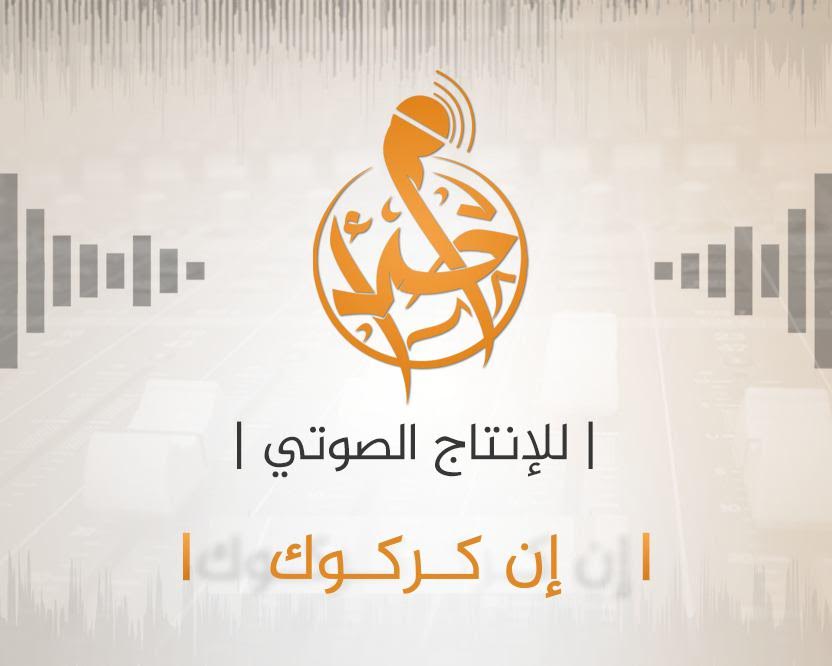
____________
To inquire about a translation for this video message for a fee email: [email protected]
Category: Wilāyat Kirkūk
New video message from The Islamic State: "Arrows of the Monotheists #2 – Wilāyat Karkūk"
Click here for the first part in this video series.
—

_____________
To inquire about a translation for this video message for a fee email: [email protected]
Check out my new ‘Policy Watch’ for the Washington Institute: "The Caliphate Project in Iraq Post-Mosul"
![]()
The battle of Mosul was a hard-fought victory for Iraq and the U.S.-led anti-Islamic State coalition. It cost lives as well as destruction to the old city. Moreover, the Islamic State (IS) as a militant jihadist group is far from dead: it continues to conduct insurgent and terrorist attacks along with maintaining some governance in pockets in Iraq. While Iraqi prime minister Haider al-Abadi noted in late June that the fall of Mosul “marks the end of the IS state of falsehood,” the group remains active in pursuing its so-called caliphate project through varying levels of continued, if limited, governance efforts in different areas of Iraq.
Based on IS governance-related official media output, as archived and documented, one can deduce that the group’s capabilities in Iraq peaked in summer of 2015. Today, it retains only a roughly estimated 6.5 percent of that governance capability, illustrating that even as IS has contracted mostly to an insurgent force, it still does uphold state-like structures in some areas of Iraq, particularly in four of its self-styled provinces: Wilayat al-Jazirah (northwest Iraq), Wilayat al-Furat (west-central Iraq), Wilayat Dijlah (north-central Iraq), and Wilayat Karkuk (north-central Iraq). Each province has varying degrees of strength, with Wilayat Karkuk having the most active administration. To better illustrate how IS continues to govern certain locales, this piece will examine content from each province, starting in April 2017.
In assessing the group through this lens, one should note that while following IS official media does help illuminate the group’s governance capabilities, it likely cannot document the full scope of such endeavors. Yet this approach gives a relatively consistent snapshot of IS governance over time, as evidenced by differences observed in the group’s abilities over the past three years.
Moreover, understanding the Islamic State’s continued power projection in certain areas of Iraq can provide a road map for driving the jihadists out of the territory they still control. It can also impart insights into locales that might be easier to retake, providing quicker victories and more momentum. Based on the evidence provided here, the best order in which to tackle IS’s three main spheres is Tal Afar first, then Hawija, and finally al-Qaim.
Click here for the full article.
New video message from The Islamic State: “Penalty of the Treacherous #2 – Wilāyat Karkūk”
Click here for the first part in this video series.
—

_____________
To inquire about a translation for this video message for a fee email: [email protected]
New video message from The Islamic State: "Arrows of the Monotheists – Wilāyat Karkūk"

______________
To inquire about a translation for this video message for a fee email: [email protected]
New video message from The Islamic State: "And When We Heard The Guidance, We Believed In It – Wilāyat Karkūk"
The title of this release is in reference to Qur’anic verse 72:13. Here it is in full: “And when we heard the guidance, we believed in it. And whoever believes in his Lord will not fear deprivation or burden.”
—

_____________
To inquire about a translation for this video message for a fee email: [email protected]
New video message from The Islamic State: "Penalty of the Treacherous – Wilāyat Karkūk"

___________
To inquire about a translation for this video message for a fee email: [email protected]
New video message from The Islamic State: "Oh Our People, Respond To The Messenger of God – Wilāyat Karkūk"
The title of this release is in reference to Qura’nic verse 46:31. Here it is in full: “Oh our people, respond to the Messenger of God and believe in him; God will forgive for you your sins and protect you from a painful punishment.”
—

__________________
To inquire about a translation for this video message for a fee email: [email protected]
New nashīd from Āṣdā’ Foundation for Audio Production: "Indeed, Karkūk"

__________________
To inquire about a translation for this video nashīd for a fee email: [email protected]
New video message from The Islamic State: "Men True – Wilāyat Kirkūk"
The title of this release is in reference to the Qur’anic verse 33:23. Here it is in full: “Among the believers are men true to what they promised God. Among them is he who has fulfilled his vow [to the death], and among them is he who awaits [his chance]. And they did not alter [the terms of their commitment] by any alteration -”
—

________________
To inquire about a translation for this video message for a fee email: [email protected]
